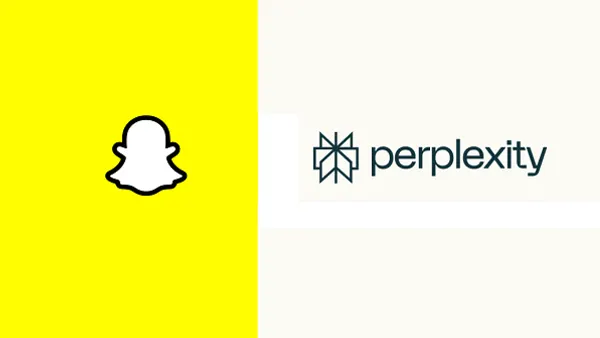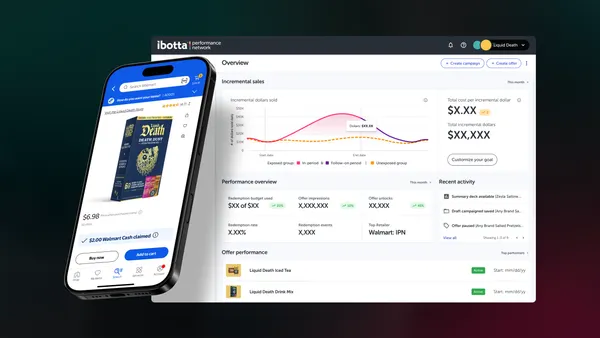Dive Brief:
- Live broadcasts and events will generate over $545 billion in direct revenue next year, according to Deloitte's latest "Technology, Media and Telecommunications Predictions" report, which was made available to Marketing Dive in an email.
- The consultancy expects an increase in consumers' willingness to pay for online content as more people cut the cord: half of adults in developed countries will have at least two online-only media subscriptions next year, Deloitte said. An expected surge in smartphone sales over the next several years signals major opportunities for brands to reach consumers through "made for mobile" content, including vertical video and social media. Deloitte appears bullish on augmented reality (AR), estimating that over 1 billion people will create AR content at least once in 2018, with more than 300 million people doing so each month.
- Ad blocking is expected to gain momentum as well: Three-quarters of North American adults have some form of ad-blocking tech on their devices, though only 10% are "adlergic," meaning they engage in four or more types of ad blocking. The subgroup of millennials is 70% more likely to have four or more forms of ad-blocking systems in place than the average adult. Deloitte found that young, highly educated and employed consumers are more likely to be heavy ad blockers.
Dive Insight:
Deloitte's gaze into the crystal ball for 2018 underscores a few key areas for marketers to watch next year. The massive amount of global revenue expected to be derived from live broadcasts and events points to a growing predilection, especially among young people, for "experiences" over traditional advertising, which has resulted in a trend toward experiential marketing that blends various elements from out-of-home, digital and mobile together.
AR has been another powerhouse industry disruptor this year, with new development kits from Apple, Google and Facebook that have resulted in a deluge of apps and campaigns that let smartphone cameras overlay digital effects on the real world. Snapchat and Facebook, in particular, have been the social-media platforms helping drive adoption of AR among brands, according to the researcher eMarketer. Recent examples include Dunkin' Donuts, which last week rolled out a Snapchat selfie lens that transforms users into virtual reindeer.
"The massive consumer interest in streaming, mobile, on-demand services and personalization are significant opportunities in 2018 for both content creators and brands," Kevin Westcott, vice chairman, Deloitte LLP, and U.S. media and entertainment leader, said in a statement. "We see signs that consumers' willingness to pay for this content will continue to accelerate in 2018 and beyond."
That's not to say all the trend lines are positive for marketers, especially in regards to ad-blocking adoption. Consumers consistently cite disruptiveness, annoyance and security concerns as reasons to block ads online, particularly when those ads affect load times or interfere with access to content. This points to the need for a greater focus on ads that more naturally blend into their environment to offer relevant and meaningful content. Some tech companies are also working to excise offending ad formats like autoplay video: Google next year is planning to introduce a built-in ad blocker for its Chrome browser, for example.
Fewer consumers are also viewing traditional TV, with 18- to 24-year-olds' viewing habits dropping by 5-15% in the U.S., U.K. and Canada. This is likely in part due to the saturation of smartphones, social media and digital alternatives like Netflix and YouTube.













